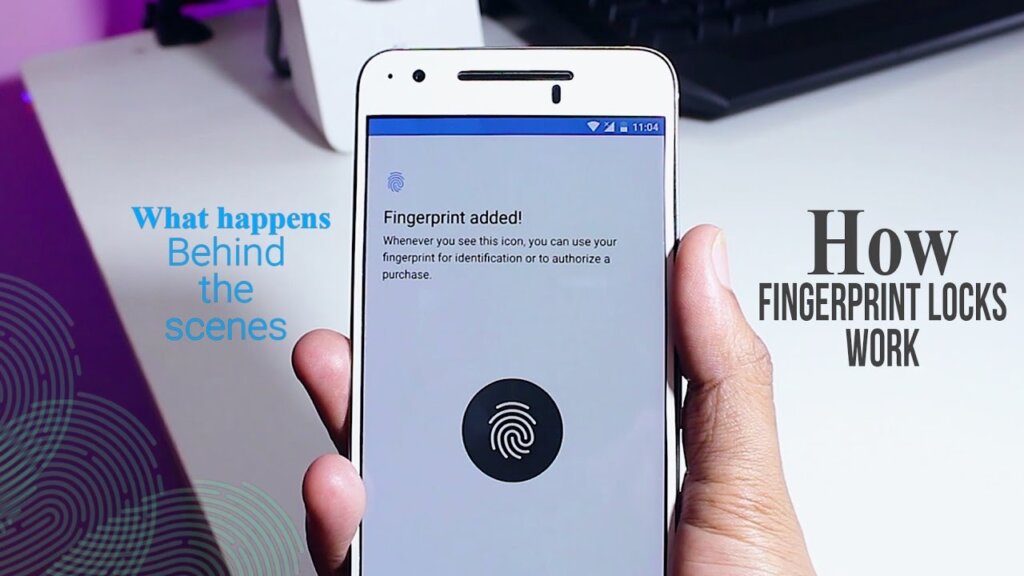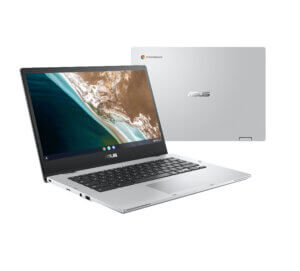How Fingerprint Scanners Work

Fingerprint Technology has been around for quite some time now and for most people out there its now a part of our daily lives in terms of how we access our smartphones. But do we even know how it works?
In this article I shall tell you how, and also this won’t be a hardcore science article. I shall try and keep it simple & also interesting in every way. So let’s get started!
To start the topic off, you should know that there are couple types of fingerprint reader technologies that are today incorporated into our smartphones.
- Optical CCD Fingerprint sensor (Mainly for in-display fingerprint scanning)
- Capacitive Fingerprint sensor (For Dedicated on-body Fingerprint sensor)
- Ultrasonic Fingerprint sensor (For in-display fingerprint scanning and dedicated on-body)
Types of Fingerprint scanners:
Optical Scanners
Optical scanners works much similar to how a digital camera works – you need light to capture something – in this case a picture of the fingerprint ridges. The sensors work around the image which is captured when you place the finger on the sensor. To read the Image more accurately & effectively the sensor throws a light which creates a better image of your Finger, this light also helps to pick the unique patterns of your fingerprint which helps to keep the scanners to be more accurate & unique each time it reads a new Fingerprint. For a more technical perspective, you can go through the above Image to know how exactly it works technically. An important point to note that Optical Scanners which are used apart from in-display scanners are slower than below Capacitive Scanners.
Capacitive scanners

These types of scanners are widely used as they are more secure &don’t rely on Image as optical scanners. Capacitive scanners use Digital form of technique to process your fingerprint data & can’t be fooled easily. The capacitor is the main component in Capacitive scanners which makes the thing more complicated yet secure. Going through the process here tiny capacitor circuit is placed which is a circuit as a whole. Once you place your finger on the sensor electrical charge/Signal is generated. This Signal is tracked or collected also through the conductive plates which is the next line of operation. OP AMP – Operational Amplifier’s job is to track changes &convert the data from Analog to Digital. After this process is completed the data is analysed through distinctive & unique attributes of your finger. As fingerprints are not the same, this analysed data helps in recording & analyzing for further requested data.Above Image also give you the Imagery explanation of the process.
In Display Fingerprint scanners & ultrasonic Fingerprint Scanners

To actually capture the details of a fingerprint, the hardware consists of both an ultrasonic transmitter and a receiver. An ultrasonic pulse is transmitted against the finger that is placed over the scanner. Some of this pulse is absorbed and some of it is bounced back to the sensor, depending upon the ridges, pores and other details that are unique to each fingerprint. You can’t use tempered glass protection on the in display ultrasonic readers as they act as a barrier.
There isn’t a microphone listening out for these returning signals, instead, a sensor that can detect mechanical stress is used to calculate the intensity of the returning ultrasonic pulse at different points on the scanner. Scanning for longer periods of time allows for additional depth data to be captured, resulting in a highly detailed 3D reproduction of the scanned fingerprint. The 3D nature of this capture technique makes it an even more secure alternative to capacitive scanners. Ultrasonic sensors do have a limitation when screen protectors are applied & it can act as an obstruction. Qualcomm’s ultrasonic technology works through the glass that’s up to 800 microns thick.
There will be more & more ways of using these types of technology in the near future. We have also seen cases where the Manufacturers has raised the technology bar wherein the whole display can be used to unlock your smartphone.
Fingerprint scanners vs Face Unlock
Fingerprint scanners are convenient to use whereas Face Unlock can be a gimmicky (unless you have a phone that scans your face in 3D with a dot projector and scanner), face unlock using cameras is a less secure method or you can say not the kind of technology which is ready to replace Fingerprint scanners. If Face Unlock technology has to work it has to keep evolving. There is a lot of investment to be made when Face Unlock technology is concerned. Sensors,Camera, etc need to work together to give more secure, reliable & fast unlock method. Fingerprint scanners are here to stay & Face Unlock technology mostly will be a secondary option to be used.
So here it was a quick, elaborative & detailed Explanation, Comparison & the Future which holds on to these Important Features a smartphone packs in.
Let me know your thoughts on this. For the Latest tech updates follow us on Facebook & Twitter. Stay Connected.








